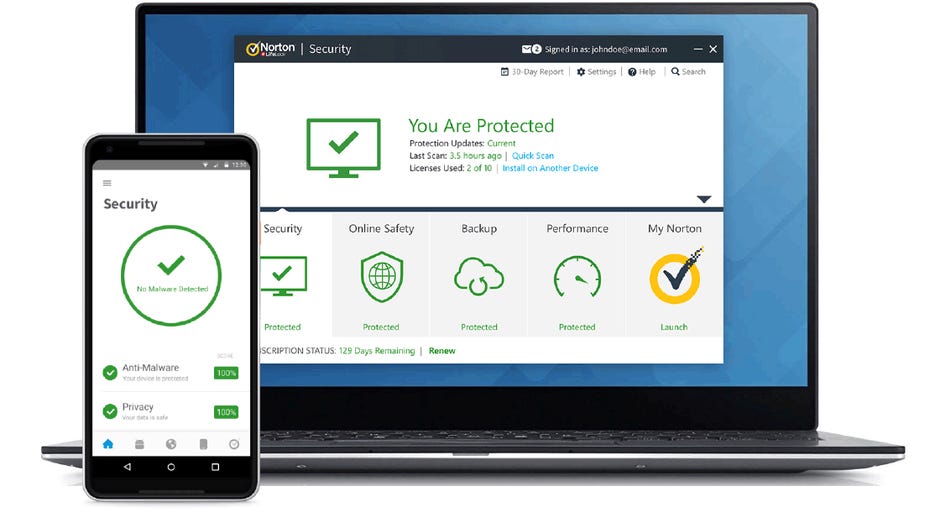

All your internet traffic gets redirected through a malware component that captures and forwards personal information. Good thing that your antivirus usually whacks these nasties before they launch.Ī variation on this theme creates what's called a man-in-the-middle attack. Note, though, that it's tough to find and encrypt every shred of personal data. You'll find encryption built into many security suites, among them Trend Micro Maximum Security, G Data Total Security, and Kaspersky Total Security.

TOP 10 BEST ANTIVIRUS 2017 SOFTWARE
One way to foil this sort of attack is to use encryption software to protect your most important files. Credit card details, social security numbers, passwords-the malware coder can monetize these and other kinds of personal information.

They silently sift through your files and documents, seeking information to send back to malware HQ. So, now that you've brought it inside your city walls, what can the Trojan horse do? The possibilities are vast, but I'll focus on the ones designed to steal your personal data. It looks like a game, or a utility, or useful program of some kind, and may even perform its promised function. The malware type aptly named Trojan horse works in much the same way. Bad idea Greek soldiers exited the horse in the night and conquered the Trojans. The historic Trojan horse looked innocuous enough to the soldiers of Troy that they brought it inside the city walls.
TOP 10 BEST ANTIVIRUS 2017 PASSWORD
Virtual keyboards are often found in password manager tools as well, so you can enter the master password without fear of having it captured.

Some products go to extremes, scrambling the key locations, or creating a flock of decoy cursors to foil screen-capture attacks. But what if you don't use the keyboard? A virtual keyboard on the screen lets you enter your most sensitive data by clicking with the mouse. Of course, keylogger protection in software can't prevent a hardware keylogger from capturing keystrokes. Note, though, that other logging activities may not be blocked. When this sort of protection is active, the keylogger typically receives random characters, or nothing at all, in place of your typing, and attempts at screen capture come up blank. However, some of them add another layer of protection, just in case a keylogger slips past. That's a potent combination.Īs noted, a first-class malware protection utility should wipe out keyloggers, along with all other types of malware. The perp can use these various threads of information to, for example, match up a username and password you typed with the website you were visiting at the time. Most capture screenshots, save the contents of the clipboard, note every program you run, and log every website you visit. We call them keyloggers, but in truth these nasty programs log a ton of information in addition to keystrokes. The keylogger can even be a physical device, installed between the keyboard and the PC. If you have a keylogger running on your system, chances are good that some crooked individual planted it specifically to spy on you. Read on to learn about the varieties of spyware, and the technology that shuts down the spies.Īs the name implies, a keylogger keeps a log of all the keys you type, everything from personal messages to username and password combinations. Just what is spyware? The term covers a wide variety of sinister software, programs that can do everything from capturing your passwords as you type to literally spying on you through a webcam or internet-aware device. For another layer of protection against pervy webcam peepers and other spies, consider our collection of products with strong spyware-fighting spirit. Your antivirus tool should catch and deter these spying programs, but it might miss some, especially those with a veneer of legitimacy. You may even encounter programs or websites that turn on your computer’s camera to literally spy on you, all without turning on the cam’s telltale “in use” light. Another sneaky type of malware watches all the keys you type in hopes of gleaning something useful, like your login credentials for a secure site. This type of program pretends to perform some useful function, but in the background, it rifles through your files and sends personal data back to malware HQ. One very common type of malware is the data-stealing Trojan.


 0 kommentar(er)
0 kommentar(er)
